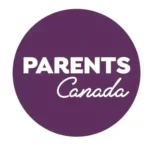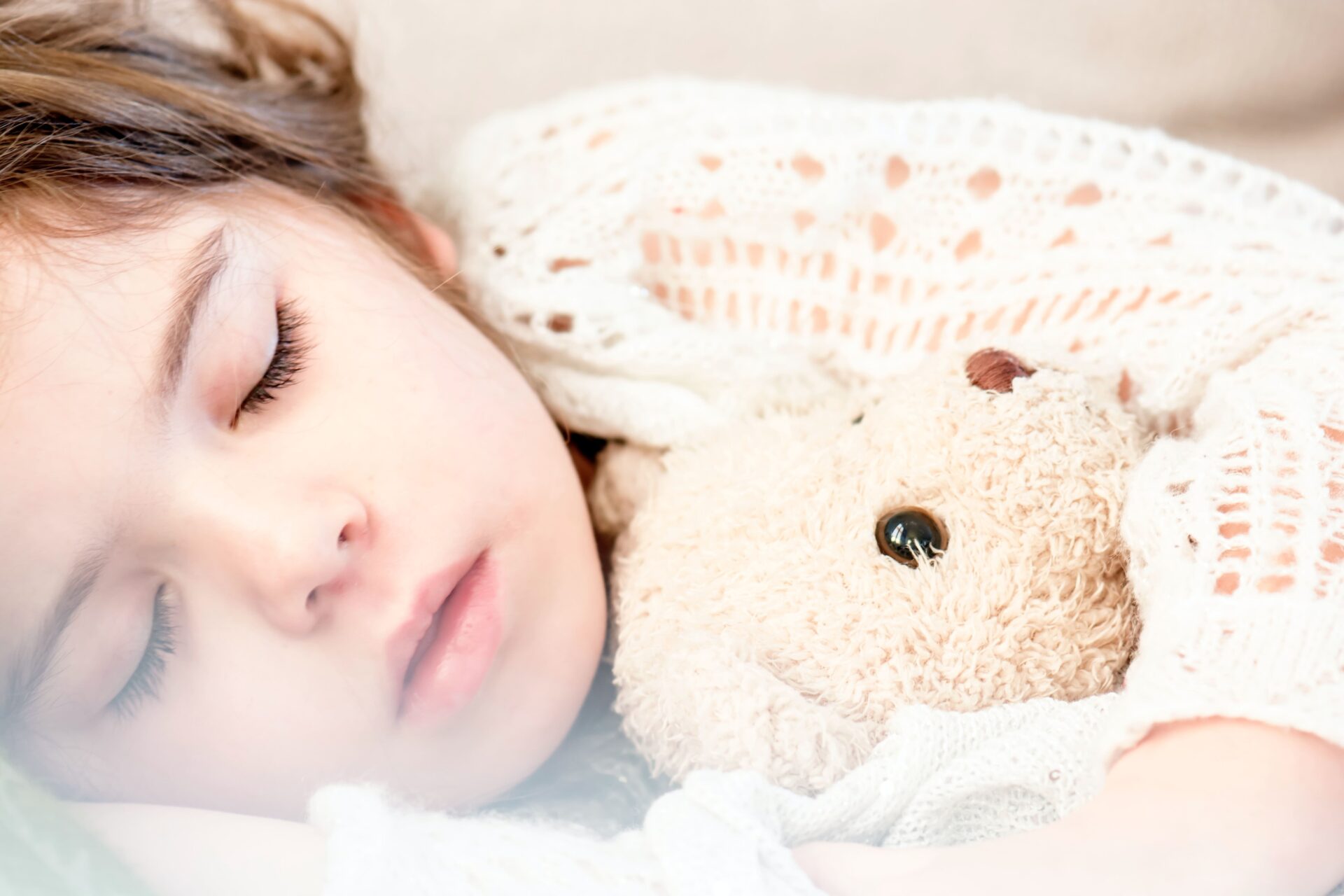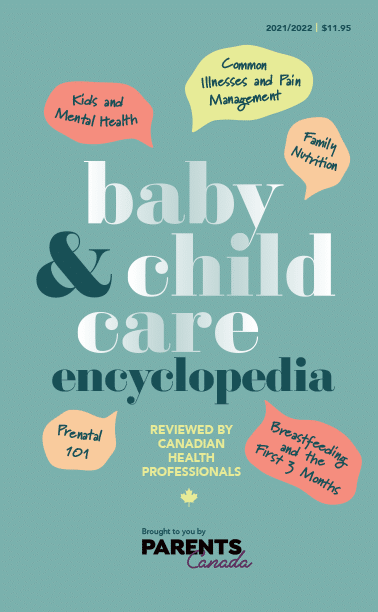Health
5 min Read
Quick Reference: Common Childhood Ailments S-Z

November 3, 2021
Health
5 min Read

November 3, 2021

I
t’s tricky to know what might be ailing your child, so we’ve rounded up some of the most common illnesses, their symptoms, how to treat and when to head to the doctor.
Scabies is caused by mites—tiny, spiny, four-legged insects which can be found on the skin in these more common areas: the webbing between the toes and fingers, the genitals, buttocks, wrists and armpits. Infants become infested on the face, scalp, soles of the feet and palms of the hands. These mites burrow under the skin to lay eggs, and the result is a very itchy rash consisting of small red bumps and pimples. Don’t allow your child to pet wild animals or pets that have mange.
Home Treatment: Machine wash all clothing and bed linens in very hot water.
Medical Treatment: An anti-mite prescription applied to the infected areas will kill both the adult mites and eggs; ask your doctor which one to use. Medication should not be used on young children and infants without consultation with your doctor.
The sinuses are a group of air-filled hollows that connect to the nasal passages. Sinusitis can be caused by colds, other viral infections, allergies, injury to the nose, infected adenoids, polyps in the nose or foreign objects in the nose. Infection of the sinus tissue is often caused by bacteria. Chronic sinusitis is also associated with the inhaling of cigarette smoke.
Symptoms: There is a sensation of pressure or pain above the eyebrow, behind the eye or over the cheekbone. The child may complain of headaches. There may be a thick nasal discharge and it may be necessary to breathe through the mouth.
Home Treatment: It’s necessary to clear the sinuses and passageways so the fluid drains away and inflammation can be reduced. Decongestants may help. You might use a vaporizer in your child’s bedroom. See that they drink plenty of fluids. For kids who are swimmers, see that goggles and nose plugs are worn.
Medical Treatment: Antibiotics may be prescribed if the infection is bacterial. The sinus may be drained, using suction, if other treatment fails.
Caused by a bacteria called streptococcus pyogenes (strep) Group A, strep throat is characterized by fever, severe sore throat, headache and stomachache. Neck glands may be swollen and tender, or sores around the nose may appear.
Treatment: See your child’s doctor for diagnosis and treatment, which will likely involve antibiotics.
Transmission/Prevention: Spread through the air when an infected person talks, coughs or sneezes. Hand-washing is important to prevent spread. Teach your child to cover his mouth when sneezing or coughing. Your child should not go back to daycare or school until antibiotics have been taken for at least 24 hours.
Styes are bacterial infections that develop when the glands along the eyelids are clogged, much like when a skin glad is clogged and a pimple forms.
Home Treatment: Place a warm, wet washcloth or cotton ball over the stye for 10 minutes, three or four times a day. This hot compress helps increase the blood flow to the area. A physician’s help shouldn’t be needed unless the styes persist. Keep the child’s towel and washcloth separate from the rest of the family (and replace with clean ones often). See that hands are washed frequently.
This is a virus that causes swelling of the lining of the brain and is diagnosed by analyzing spinal fluid taken during a procedure called a spinal tap. The doctor will confirm whether the infection was caused by a virus or bacteria (bacterial meningitis is much more serious). Fever, headache, neck pain, or stiffness, pain when looking at bright lights, nausea, vomiting, poor appetite, tiredness and sleepiness. It may infect other parts of the body and cause skin rash, runny nose, sore throat, earache, cough, difficulty breathing and diarrhea.
If your child develops these symptoms, see your child’s doctor immediately.
Treatment: There is no treatment to cure viral meningitis, and children recover on their own in approximately one to two weeks. The doctor will only hospitalize your child if they are quite sick from the infection.
Transmission/prevention: The germs are in the saliva and secretions of the nose. Close contact between children is required for the spread of these germs. It occurs most often in children under two.
VACCINATION SCHEDULE
Vaccinations are scheduled differently in every province but there is a general consensus that the standard vaccines are spread out at intervals from two months of age to age 11. Booster shots to update vaccines may occur throughout adolescence and adulthood. Keep an eye on the calendar to ensure your child’s vaccinations are up to date (especially when kids go to school—you may be asked to show proof of vaccination depending on your region). Vaccinations are a contentious topic for some families; any concerns can be discussed with your child’s doctor.
For more information, and to view and print your own copy of the Provincial and Territorial Routine and Catch-up Vaccination Schedule for Infants and Children in Canada, visit CANADA.CA. (You can also search “Canadian vaccination schedule” for easier access.)
